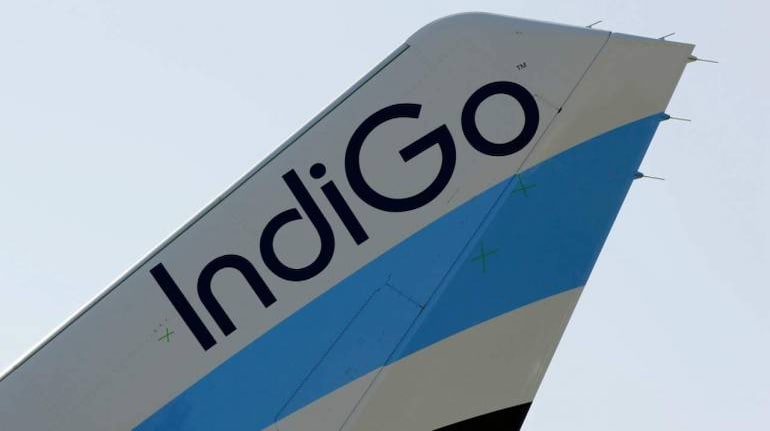



Prince Mathews Thomas
IndiGo may have reported its first ever quarterly loss in the three months ended September, but the country's largest airline also had one of the busiest three months. A quarter that would have hurt its competitors.
Apart from adding 20 aircraft — the most in a quarter, the airline also added five new destinations and 35 more routes to its already formidable network.
"We have also selectively increased frequencies across our existing network and now offer connectivity to over 1,300 city pairs via nonstop and one stop flights," co-founder Rahul Bhatia said in a conference call after the company announced second quarter results.
The feverish pace of adding capacity and network may have hurt IndiGo's bottomline, but its competitors will be taking a bigger hit. While SpiceJet and Jet Airways are yet to announce results, analysts expect both airlines to report deeper losses than they incurred in the first quarter.
The additional capacity has put pressure on prices, squeezing margins. This added to the already unfavourable circumstances in the industry, underlined by high fuel costs and intense competition.
"We are paying passengers to fly," has become a regular comment from airlines.
IndiGo's numbers
InterGlobe Aviation, which operates IndiGo, reported a net loss of Rs 651.2 crore for the September quarter, a sharp fall from Rs 551.5 crore reported during the same period of last year. Its revenues rose to Rs 6,185.31 crore, up 17 percent from Rs 5,290.9 crore reported during the corresponding quarter of last year.
Its earnings before interest, taxes, depreciation, amortization and rent (EBITDAR) fell 86 percent to Rs 220.4 crore, against Rs 1,581.1 crore year on year.
With 20 more aircraft, IndiGo's fleet now stands at 189 planes, much higher than Jet's 124 and SpiceJet's 61.
The airline achieved another milestone. " We have crossed the milestone of operating over 100 daily departures out of each metro city – Delhi, Bombay, Bengaluru, Kolkata, Hyderabad and Chennai," said Bhatia, who is also the interim CEO.
Interestingly, the pace of aircraft addition will only increase in the second half the year. The company said that the third quarter fiscal 2019 year-over-year capacity increase in ASKs (available seat kilometers) is expected to be 35 percent. "Full year fiscal 2019 year over year capacity increase in ASKs is expected to be 30 percent," it said in a presentation.
The pace of capacity addition is expected to much lower in SpiceJet (7 percent) and Jet Airways (8.5 percent) in the second quarter.
Peers under pressure
IndiGo has used its muscle to consistently eat into the market share of its rivals. While the airline's market share has increased from 39.7 percent in January to 43.2 percent in September this year, that of its two listed peers has fallen.
The picture looks bleak. According to a preview by ICICI Securities, SpiceJet is expected to declare a loss of Rs 280 crore, and that of Jet Airways will be about Rs 1,400 crore in the second quarter. The two companies are yet to announce results.
While the two companies may have got better fares in the quarter than IndiGo, they lack their larger peer's resources. IndiGo has reserves of Rs 13,000 crore. Jet Airways on the other hand is finding it hard to pay salaries to its pilots, and SpiceJet in September asked on lessor for more time to make payments.
In such a situation, it's imperative that the two airlines increase fares. But increasing competition and the over capacity is holding them back.
Discover the latest Business News, Sensex, and Nifty updates. Obtain Personal Finance insights, tax queries, and expert opinions on Moneycontrol or download the Moneycontrol App to stay updated!
Find the best of Al News in one place, specially curated for you every weekend.
Stay on top of the latest tech trends and biggest startup news.